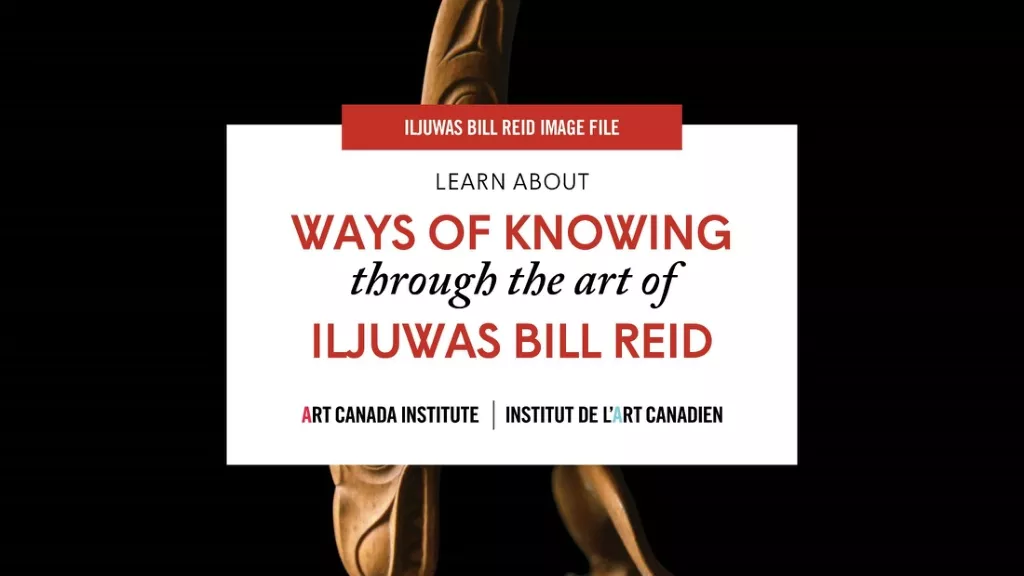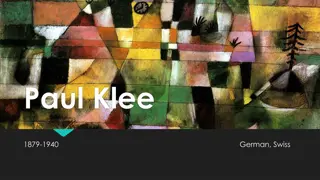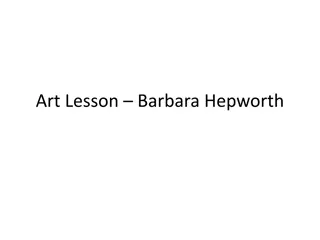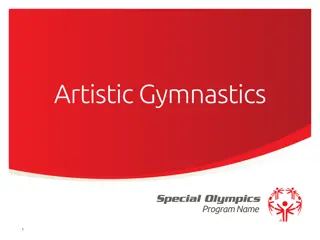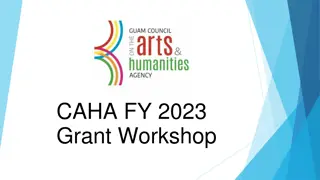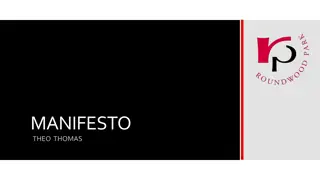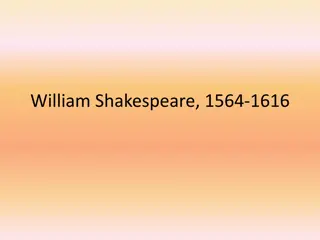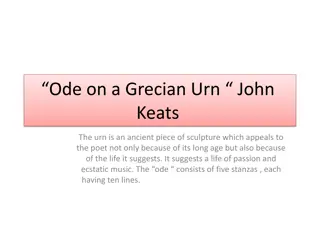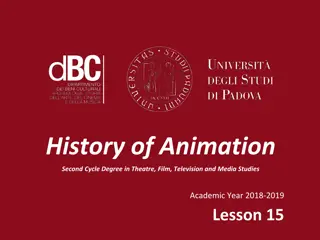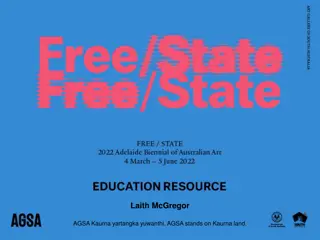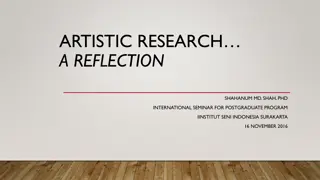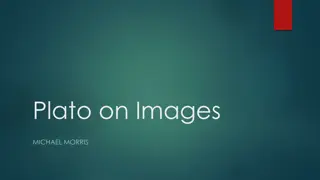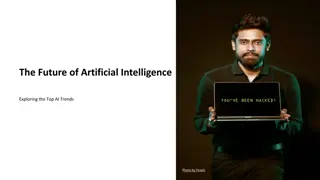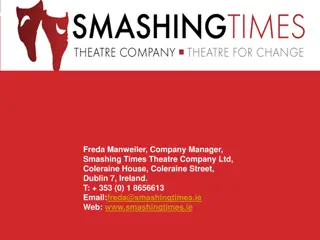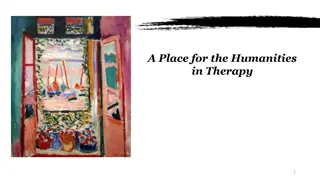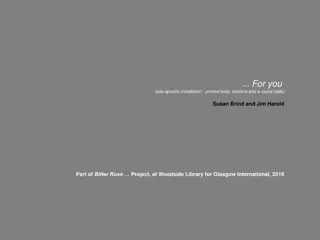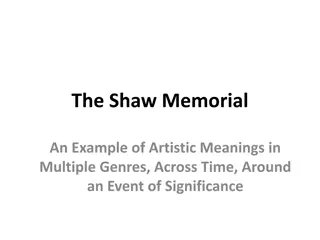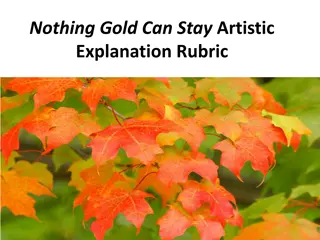The Artistic Journey of Thomas Wilkowski & Richard Taggart
Thomas Wilkowski and Richard Taggart were renowned artists known for their contributions to puppet animation and illustration. Born in 1912 in Bohemia, Wilkowski began sculpting puppets and later illustrated numerous children's books, earning recognition such as the Hans Christian Andersen Award. Despite the challenges of the communist regime, their work was impactful and influential, showcasing themes of subtle expression and creativity. Wilkowski's transition to puppet animation further expanded their artistic legacy, leaving a lasting impact on the world of animation.
Download Presentation

Please find below an Image/Link to download the presentation.
The content on the website is provided AS IS for your information and personal use only. It may not be sold, licensed, or shared on other websites without obtaining consent from the author.If you encounter any issues during the download, it is possible that the publisher has removed the file from their server.
You are allowed to download the files provided on this website for personal or commercial use, subject to the condition that they are used lawfully. All files are the property of their respective owners.
The content on the website is provided AS IS for your information and personal use only. It may not be sold, licensed, or shared on other websites without obtaining consent from the author.
E N D
Presentation Transcript
Thomas Wilkowski & Richard Taggart
The Early Days Born on February 24, 1912 Grew up in Bohemia (Czech Republic) Began sculpting puppets from wood Attended the School of Applied Arts in Prague (1929- 1935)
Life as an Illustrator Moved on to illustrate many children's books Most were geared toward Czech traditional stories Completed over 130 works Was awarded the Hans Christian Andersen Award for his works by the IBBY
Influences Much of his work was affiliated with the life under communist regime Themes were subtle enough that the government administration did not black list his work However, some films were banned based on religious or other controversial topics Based some animations on musical scores that he heard before creating the animation
Contributions to Animation Used mainly stop-motion puppet animation Changed lighting and framing of a scene to project the illusion of changing emotions Puppet films are truly unlimited in their possibilities: they can express themselves with the greatest force precisely when the realistic expression of the cinematographic image often faces insurmountable obstacles. 1 1) Quote from Jiri Trnka: http://oddballfilms.blogspot.com/2011/12/im-your-puppet-puppet-film.html
Life as an Animator Created a puppet theatre in 1936, but was dissolved in WWII Co-founded Trick Brothers animation unit Created some short films including: Zasadil Dedek Repu (Grandfather planted a beet), 1945 Zviratka to Petrovsti (Animals and Bandits), 1946 Cirkus Vesel (The Merry Circus), 1951 http://www.youtube.com/watch?v=8ehVfobr-Go The Hand, 1965 Felt that traditional animation was too limiting, so he moved into puppet animation
Feature Films pal ek (The Czech Year), 1947 The Good Soldier vejk (adapted from the Czech novel), 1955 Sen noci svatoj nsk (A Midsummer Night's Dream), 1959 Adaptation from Shakespeare s work http://www.youtube.com/watch?v= FjHklvgLaN4&feature=BFa&list=PL DD7126FC2923D924&lf=results_ma in
The Hand The last work that Trnka produced Was a political allegory, that criticized Joseph Stalin Banned for 2 decades because it mocked the state of a totalitarian society. The Hand Part 1 The Hand Part 2
Sources "Jiri Trnka -- Walt Disney Of The East! http://www.awn.com/mag/issue5.04/5.04pages/dutka trnka.php3 Jiri Trnka, New World Encyclopedia. http://www.newworldencyclopedia.org/entry/Jiri_Trn ka Jiri Trnka at BFI Southbank in April 2012. http://www.close-upfilm.com/2012/03/jiri-trnka-at- bfi-southbank-in-april-2012/


